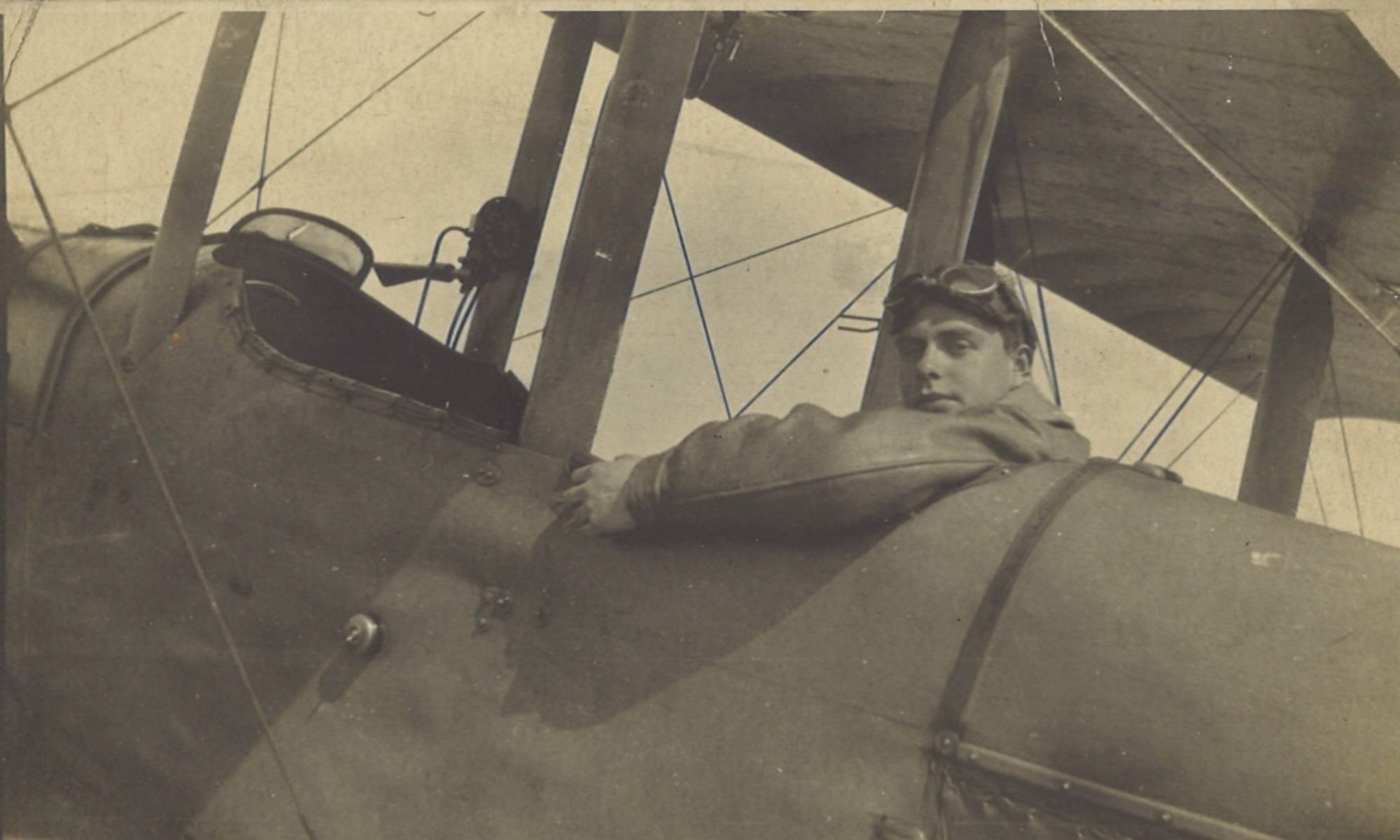No doubt to his great relief, Greg was today at last on his way home – back to Blighty. Or, as his war record has it, this was the day that he transferred from the British Expeditionary Force to the Home Establishment:

![]()
Back to the Channel
He would have made his way to one of the channel ports, most likely Boulogne, probably by train. Perhaps his route took him via Douai, Arras, St Pol-sur-Ternoise, Montreuil and Étaples, in a partial retracing of his journey from Boulogne to Aire-sur-la-Lys back in early June 1918:
Homeward Bound Over the Channel
Crossing the English Channel he took these two photographs, probably with his Vest Pocket Kodak camera:


Judging by the way the light falls in the contre jour photograph entitled ‘Homeward Bound’, it looks as if it the ship was actually outward bound! Most likely it was passing Greg’s ship on its way to pick up more homecoming troops. And the men in the other photo could be looking into the light at the passing ship.
Greg was probably sailing on the NNW course from Boulogne to Folkestone. This was the reverse of the crossing that he made on the SS Arundel on his way out to France at the end of May 1918:
He had crossed the Channel since then, though: he went home on leave on 18 September 1918 and he had probably set off back to the Western Front on 1 October 1918. But this time, it was back to Blighty for good.
Back to Blighty
Despite its misleading similarity to the word ‘blight’, Blighty was an affectionate slang term for Britain or England. Google says that it was first used by soldiers in the Indian army, and gives its etymology as follows:
Anglo-Indian alteration of Urdu bilāyatī, wilāyatī ‘foreign, European’, from Arabic wilāyat, wilāya ‘dominion, district’.
Google’s Ngram viewer shows that the word rapidly gained currency in about 1910, but its usage fell markedly in the mid-1920s. It has enjoyed a modest revival in recent decades. Perhaps this had something to do with increased writings on the First World War as we approached its centenary. Maybe laced with a certain amount of post-modern irony.
The word ‘Blighty’ features on Laurence East’s Christmas card for 42 Squadron. It stretches on his stylised map from the Cheshire plain almost to the Thames estuary, as shown in the post for Christmas Day:
You are here: You are here: Home » 42 Squadron »
























